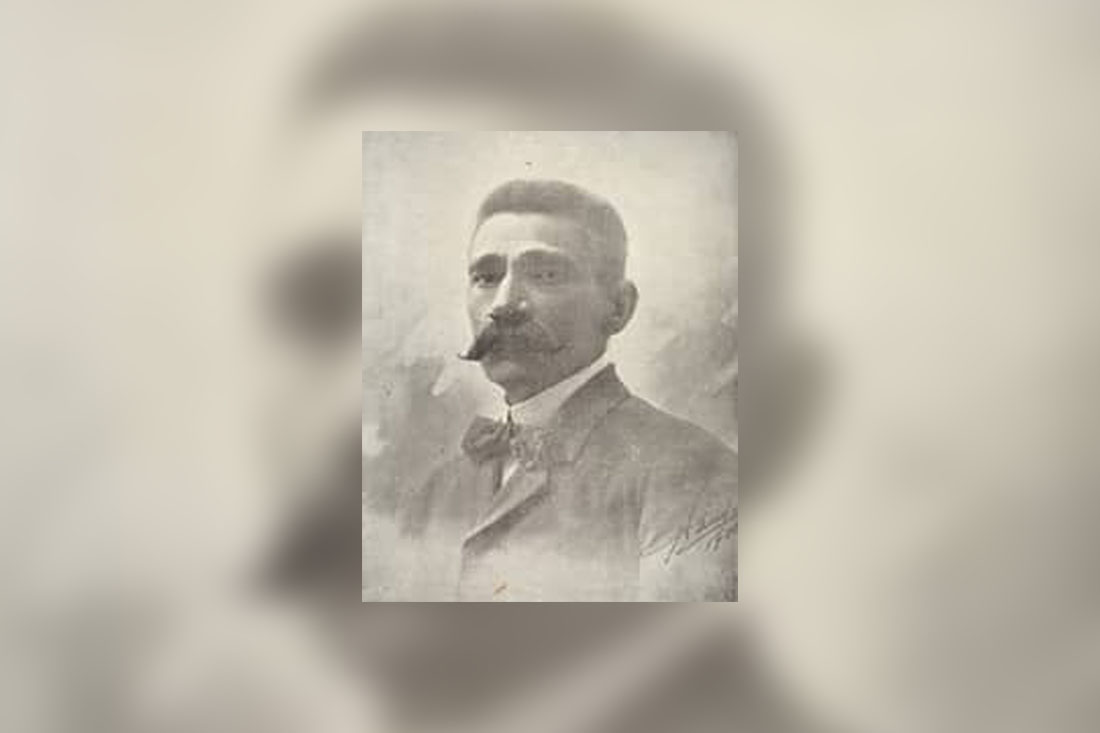Camagüey is a privileged land in the field of letters, having to its credit important names that transcend the regional sphere. Such is the case of Esteban Borrero Echeverría, whose work deserves our recognition.
Beginnings of his literary work
Esteban Borrero Echeverría reveals himself as a poet by inheritance from his father and his storyteller at the end of the Ten Years’ War, to which he had joined his mother and students.
Specifically, he will approach short stories with Calófilo, a story that appears in the Revista de Cuba in 1879. In this narration, anguish, pessimism, the desire for escape and death are present, as in others.
However, at the same time that it constitutes a sample of the undeniable testimony of the complex and deep existential problems of the turn of the century man, and particularly of the author; without a doubt, it constitutes an indisputable antecedent of the rise of the genre in the history of national literature.
Also, in the same year he publishes, in the company of Enrique José Varona and other friends, Harpas Amigas.
The pain expressed
His poetry “De lo más infimo”, included in the anthology ” Las cien mejores poesías cubanas ” identifies the state of mind that the poet harbors, after the death of his brothers Manuel, Elena and his youngest daughter Juana.
After the end of the 1995 war, his book “Lecturas de Pascuas” came to light, for which he is recognized as the author of the first modern conception of the storybook in Cuba.
After that volume, according to the writer Francisco López Sacha, he would initiate a storytelling tradition that encompasses magical realism, the marvelous reality, the absurd, poetic fabulation, the stylization of the rural story, the storytelling of violence and the narrative of intimacy .Subsequently, he publishes works of an ethical nature.
A new century
At the beginning of the bourgeois republic he published ” El ciervo encantado “. In the same way, from his pedagogical work, the book “El amigo de los niños” emerges, which for a long time was a reading text in primary education.
Other publications
He also founds and directs El Colibrí. He collaborates as editor of El Oriente and El Triunfo; in the Cuban Magazine, El Fígaro, La Habana Elegante and Revista de Cuba; and in different scientific publications such as: the Medical-surgical Chronicle of the Island of Cuba, the Bulletin of the Anthropological Society of the Island of Cuba and the Journal of Medical Sciences of Havana.
Unfinished works
With his death, which occurred on March 29th, 1906, he would leave his novel “Aventuras de las hormigas” unfinished; as well as pedagogy and medicine jobs. Likewise, among other texts, a volume of poems would remain unpublished.
Conclusions
Esteban Borrero Echevarría was a man of his time; hence, his literary production manifests not only the problems of the end of the century man, but is also a reflection of the criticism of the colonial situation, as José Antonio Portuondo rightly affirms.
Bibliography
Instituto de Literatura y Lingüística de la Academia de Ciencias de Cuba. Diccionario de la Literatura Cubana. Editorial Letras Cubanas. La Habana, 1980.
López Sacha, Francisco. Literatura cubana y fin de siglo. Revista Temas. No 20-21 (2000).
Quintana Suárez, Raúl. Reseñas biográficas de figuras significativas en la Historia de Cuba. Segunda Parte.
Portuondo, José Antonio. El contenido social de la literatura cubana. Centro de estudios Sociales de El Colegio de México.
Translated by: Aileen Álvarez García






